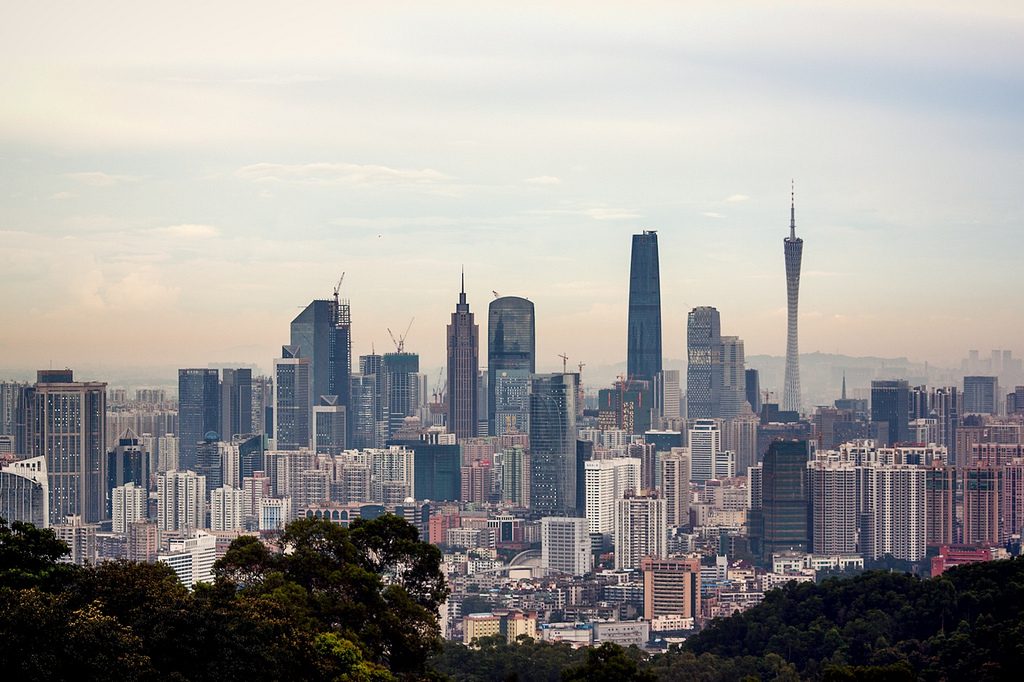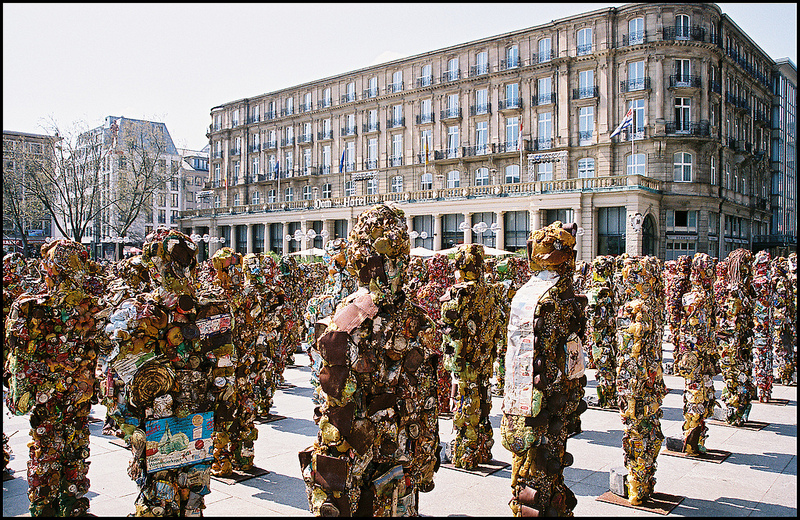
If we are able to understand the issue of municipal solid waste at a smaller scale first, we could then, more effectively, work toward large scale solutions.
About Guangzhou
Third largest city in China and has a high waste generation rate. As of 1995, Guangzhou has surpassed a rate of generating 1 kg of municipal solid waste per person per day (Chung & Poon, 1998, p. 203).
Sewage Treatment Plants in Guangzhou
A study showed two plants were virtually ineffective in removing antimicrobials (sulfonamides, ofloxacin, and chloramphenicol) from the sewage. Their presence in environment can lead to antibacterial resistance among various species and can be toxic to organisms as well (Peng, Wang, Kuang, Tang, and Li, 2004, p.315).
References
Chung, S., & Poon, C. (1998). A comparison of waste management in Guangzhou and Hong Kong. Resources, Conservation, and Recycling, 22 (3-4), 203-216. doi: 10.1016/S0921-3449(98)00013-5
Peng, X., Wang, Z., Kuang, W., Tan, J., & Li, K. (2006). A preliminary study on the occurrence and behavior of sulfonamides, ofloxacin and chloramphenicol antimicrobials in wastewaters of two sewage treatment plants in Guangzhou, China. Science of the Total Environment, 373, 314-322. doi: 10.1016/j.scitotenv.2006.07.001
Sau, Jo. (Photographer). (2013, September). Guangzhou [digital image]. Retrieved from https://www.flickr.com/photos/johnas/9710560617
